Recently a few Instagram accounts put out a Nature Poetry Play prompt for a month of Spring Poetry inspired play. I decided to play along with my children, but of course adding a bit of math fun into the mix!
The prompts were:
Come along and play with us!
Table of Contents
WEEK 1 – EARTH
The Ant Explorer by C J Dennis
For the Theme of ‘EARTH’ I chose The Ant Explorer by C J Dennis. This is one of our favourite poems, you can read it HERE, watch an animation or listen to it sung by Sheridan Harbridge!
- Day 1 – Read or watch the Poem. Have your children narrate back to you what they remember about the poem.
- Day 2 – Talk about the direction words that you can find in the poem. Forward, backward, up and down, around, through and across. Go and watch some ants. Talk about where they are going, use direction words.
- Day 3 – Talk about size, from the ants point of view! ‘A mighty mountain range, seven inches high’. Why is seven inches a ‘mighty’ amount for an ant? how high is seven inches? What is that measurement in centimeters?
- Day 4 – Create a Poem map! Go outside and be creative, build your map with things you find in the garden, Use a tray and play-dough or get a large piece of paper and draw your map.
This is a great poem to explore the math concept of direction. We use direction all the time but probably don’t think of it as ‘doing math’ Direction math can also be known as vector math. A vector shows both direction and magnitude (size). We use vectors to illustrate the distance and direction of travel. With your younger children talk about traveling from one spot to another, just like the sugar ant did! If you have older children you can talk to them about when we are showing the distance and direction traveled, we can use a vector symbol. They might like to learn more about vectors at the Math is Fun web page.
You can also talk about where the ant started and where he ended up. He traveled quite a large distance for an ant, so the distance traveled was NOT zero. However the finishing point was the same as the starting point, so in terms of the overall change in position, the end position equaled the beginning. His overall positional change was zero.
When we look at a map we are looking at distance and direction on a flat plan, so, as 2 Dimensional. But what would happen if a bird decided to pick up the ant and take it for a trip into the air? Can we look at change of distance and direction in a 3 Dimensional way. The great thing about vectors is that they help us describe math on a 3 Dimensional plane.
This poem also helps us to explore the concept of comparison. We can talk about the ‘size’ of the mountain range in comparison to the ant. This idea of comparison lets us introduce the idea of ratio. Ratio math is what we use to compare amounts and to scale those amounts. You can learn more about ratios also on the Math is Fun web page. Ask your younger children why the 7 inch bump seemed like a ‘mighty mountain range’? Ask your older children to work out how big the mountain would be if we scaled it up to our height? How would they work it out?
Creating a map to reflect the poem is our last activity and helps to solidify the concepts that we have been talking about over the week. By making a visual representation (either outside, by play-dough or on a paper map) we are showing that we understand the idea of representing the distance and magnitude of travel. Can your older children create a vector map of the poem? Let them give it a go!
WEEK 2 – FIRE
Fire by Jackie French
- Day 1 – Read or watch the Poem/Story. Talk about what is happening, talk about the pictures.
- Day 2 – Explore rhyme patterns.
- Day 3 – Learn about how much bush is destroyed by fire each year. Look at some graphs and talk about what they show.
- Day 4 – Talk about creating a FIRE safe plan. What do we need to do First, Next…
Every year the threat of bush fire is very real to so many Australians. When summer approaches our family begins to prepare for the bush fire season. Helping my children feel prepared is important to me as our property burnt to the ground a year before we purchased it. Over the time that we have lived here we have been evacuated twice and we understand that we need to be prepared. We have a ‘fire plan’ in place and each year I revise that plan with the children. They are all given responsibility for getting themselves ready to leave on the Code RED days. This helps them to feel prepared and not frightened.
My chosen poem for the fire theme is Fire by Jackie French. I love the rhythm and flow of the story, have you ever studied the rhythmic patterns in poetry? It is another way to explore math without numbers. Patterns/repetition are important in math as well as in poetry. Try looking at different poems and discover their patterns. Some kinds of patterns we find in English poetry include: Couplet, Tercet, Quatrain, Quintain and Sestet. Can you recongnise some number words in there? A poetry dictionary to search out some of these words can be found at The Poetry Foundation. These patterns describe the way the stanzas rhyme. Fire is written in Couplet form, each two lines end in a rhyming word. THIS post has more information about the different types and structure of rhymes.
Poetry can be visual, in the way it is presented, so can math! Graphs are a fantastic way to visualise data. When we are discussing the impact of bush-fires on the land around us, putting those figures in a graph can condense the information and display it in a way that is visually pleasing. Graphs help us make sense of the numbers. After we read the poem we talked about the impact a bush fire has on the land and then researched the amount of land destroyed last year. The children created their own graphs to show what we had discovered. You might like to try this with your children. A simple bar graph is a great way to start with your younger children. Your older children could research the different kinds of graphs and chose which one they would like to create.
Go HERE to find statistics of the Bush fire damage in 2020. Use these figures to create your own graph.
If you want to turn this topic into a complete unit, a fantastic resource, created by the Country Fire Authority and Geography Teachers’ Association of Victoria Inc, can be found HERE.
To wrap up our week of FIRE we learnt how to safely build a camp fire and we roasted marshmallows!
WEEK 3 – AIR
A Ruined Reversolet by C J Dennis
A Ruined Reversolet by C J Dennis 'Tis Spring! Sing Hey! Birds sing All day. In trees Bees hum- I' Sneeze- Skatch-Humb!! I sdeeze Bees hub. Id trees All day Birds sig. Sig Hey! 'Tis Sprig!
You can hear the poem read HERE
- Day 1 – Read or listen to the poem. Look at how the poem is structured. Talk about anything you notice or wonder about.
- Day 2 – Talk about the words Reverse, Mirror Image, Reflected Symmetry. How might these ideas be reflected in the poem.
- Day 3 – Explore the world of reflection with mirrors.
- Day 4 – Make you own flip poem and illustrate it with a reflected symmetry illustration.
Another poem by C J Dennis! His poetry is always fun and engaging. I love the structure of this one. Talk to the children about what happens half way through the poem, ‘SNEEZE!’ What happens to the words? Look at the structure? I love the mixed up flip!
As the theme was AIR our nature play included watching the wind scatter leaves. Take leaves and create a pattern or place them in piles, watch as the wind scatters the leaves and mixes up your creations, just like the ‘sneeze’ in the poem, mixed up the words.
Another activity based on this poem is to take some time to explore reflection. Walking by a stream, lake or pond is a lovely way to discuss refection and mirror image. When you get home take a mirror and look at how different objects reflect their image. We also had fun doing some mirror image writing. Did you know that Leonardo Di Vinci used a mysterious mirror image writing for some of his notes? You can learn more about this and have fun creating your own mirror code HERE.
Lastly we had fun creating our own ‘flip’ poetry! If you try this activity send me your poem to add to our gallery.
WEEK 4 – WATER
Said Hanrahan by John O’Brien
- Day 1 – Read the Poem. Or watch it above. Have your children narrate back the story.
- Day 2 – Talk about Not Enough/Too Much/Just Right
- Day 3 – Find rain amounts for the month. Create a graph.
- Day 4 – Make a season wheel for average rainfall for the year.
My children always enjoy poems with a bit of humor. They love to have a good laugh while listening to a poem read to them! This one is a fun Aussie poem, a bit of humor about a very real fact of Aussie life! Not enough rain… Too much rain… Flood and Drought are part of the Australian story. Ask your children to remember the last time it rained? Did it seem like too much? not enough? Talk about what it means for our farmers if they don’t get enough rain and what would happen if they received too much rain!
More, less, too much, not enough, these are great concepts to talk to your children about. By grabbing some containers and a large jug of water, you have a simple activity to explore volume and amounts. Have your children fill the containers with water, can they add too much? add less water to the next one, fill another with some more… Use words like volume, capacity, full, half, empty. Talk as you play and discover.
Another fun activity is to set up a rain gauge in your yard. Have the children check each day, or after rain. Help them to learn to read the measurements and begin to record their observations. Our older children might like to create a graph or a seasonal rainfall wheel. They might also like to begin a scrapbook with news articles on the droughts and floods each year in Australia. These activities are great ways to introduce your children to data science and help them become citizen scientists. If you are interested in different ways that you can help your children become involved in citizen science projects this article is full of helpful information.
We enjoyed the Nature Poetry Play challenge, I hope you found some ideas here to inspire you to play with poetry and math, in nature!
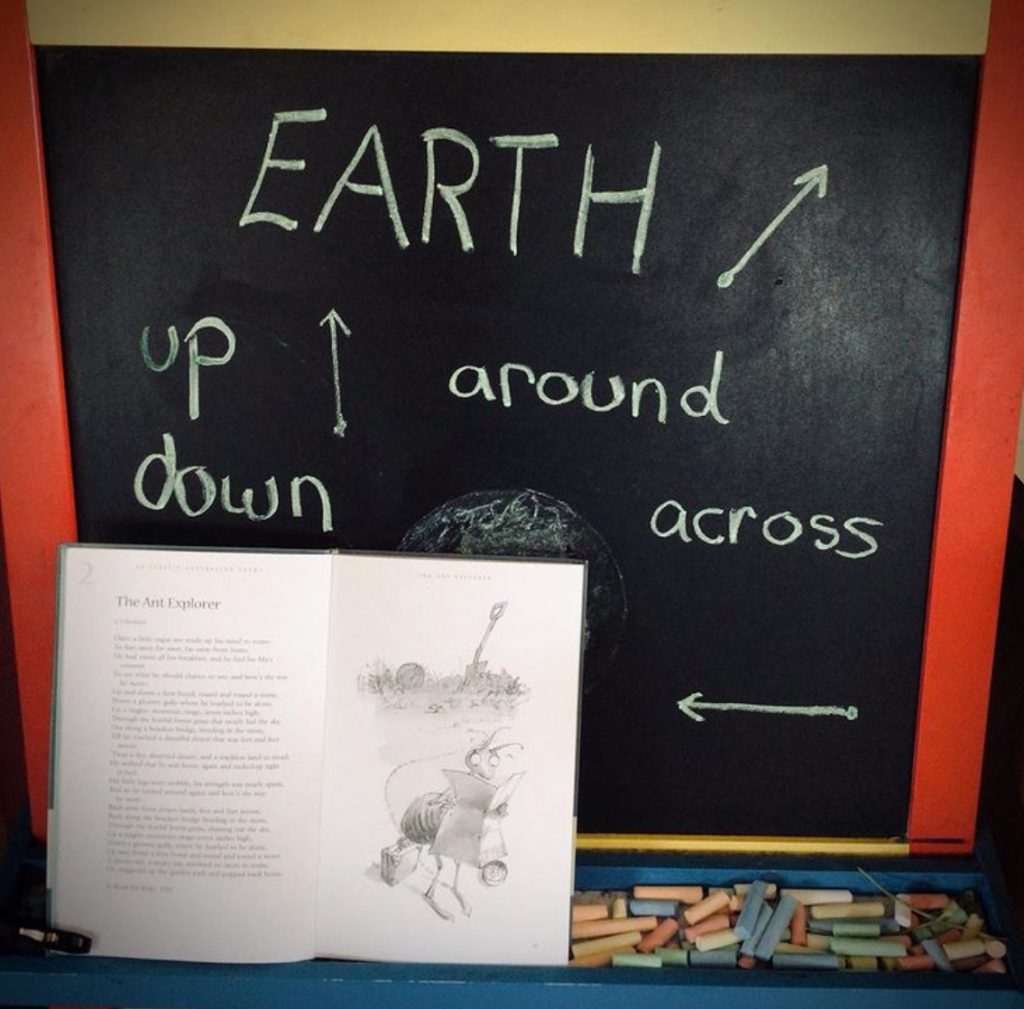
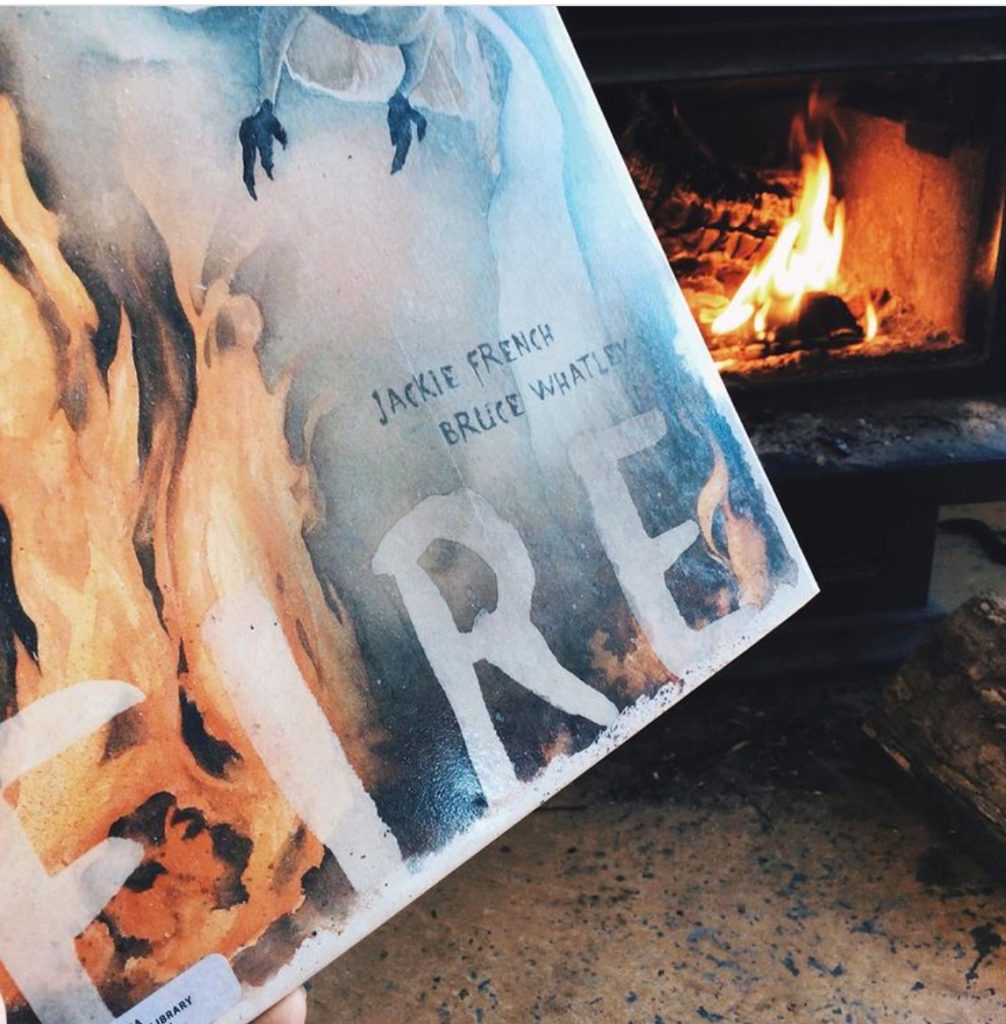
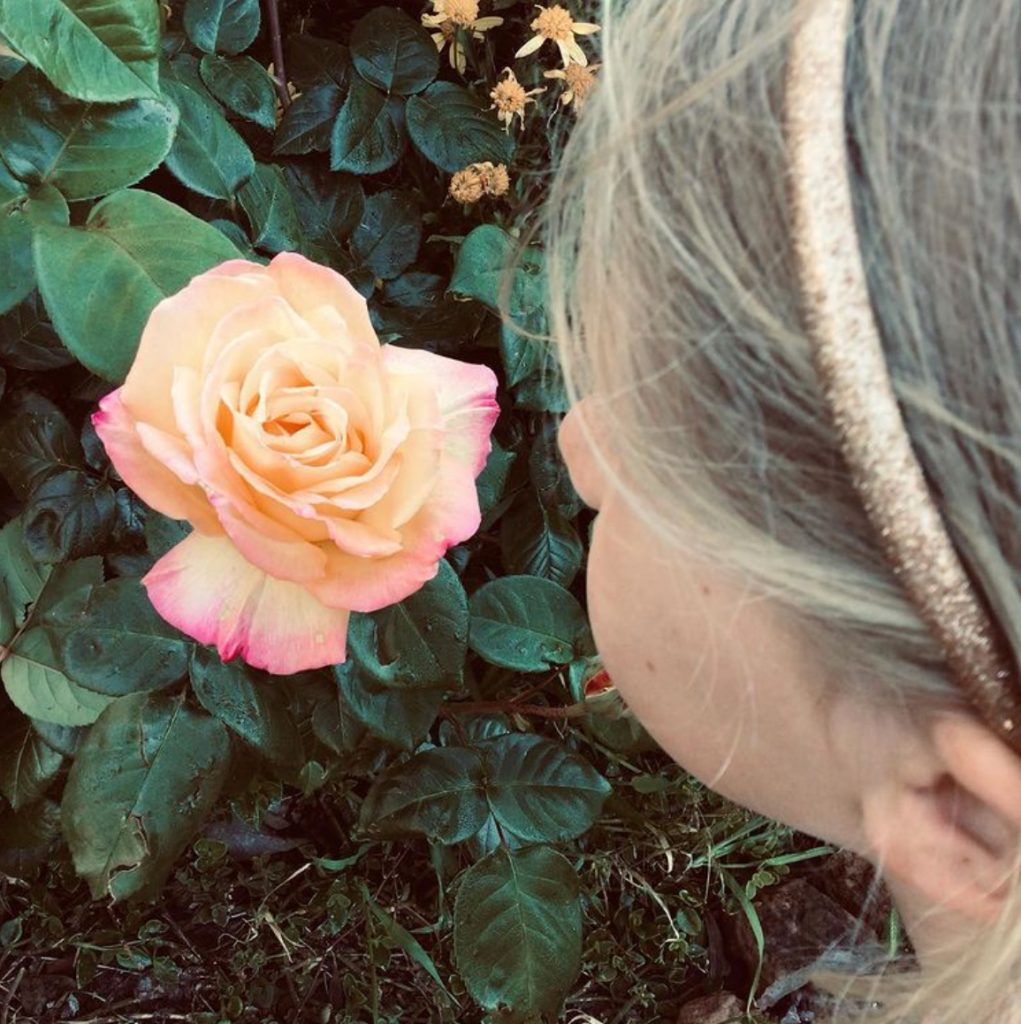
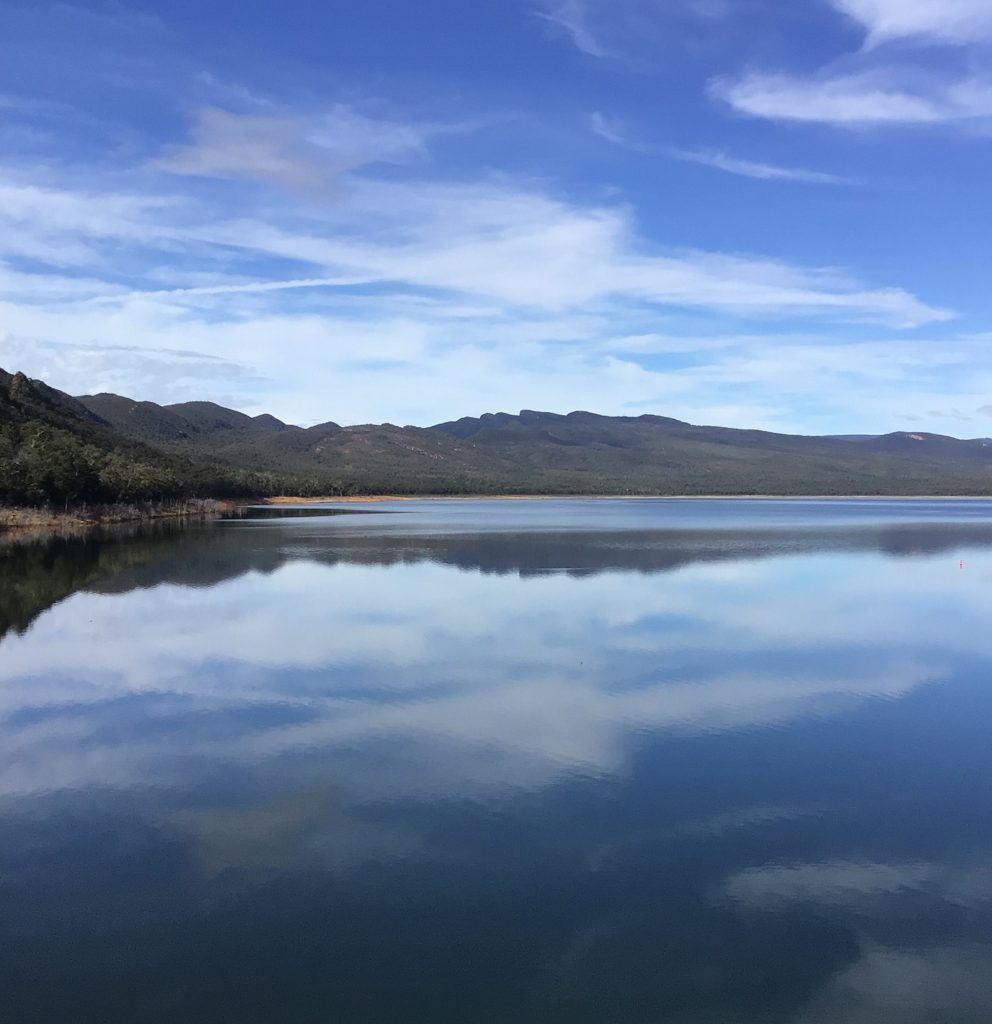
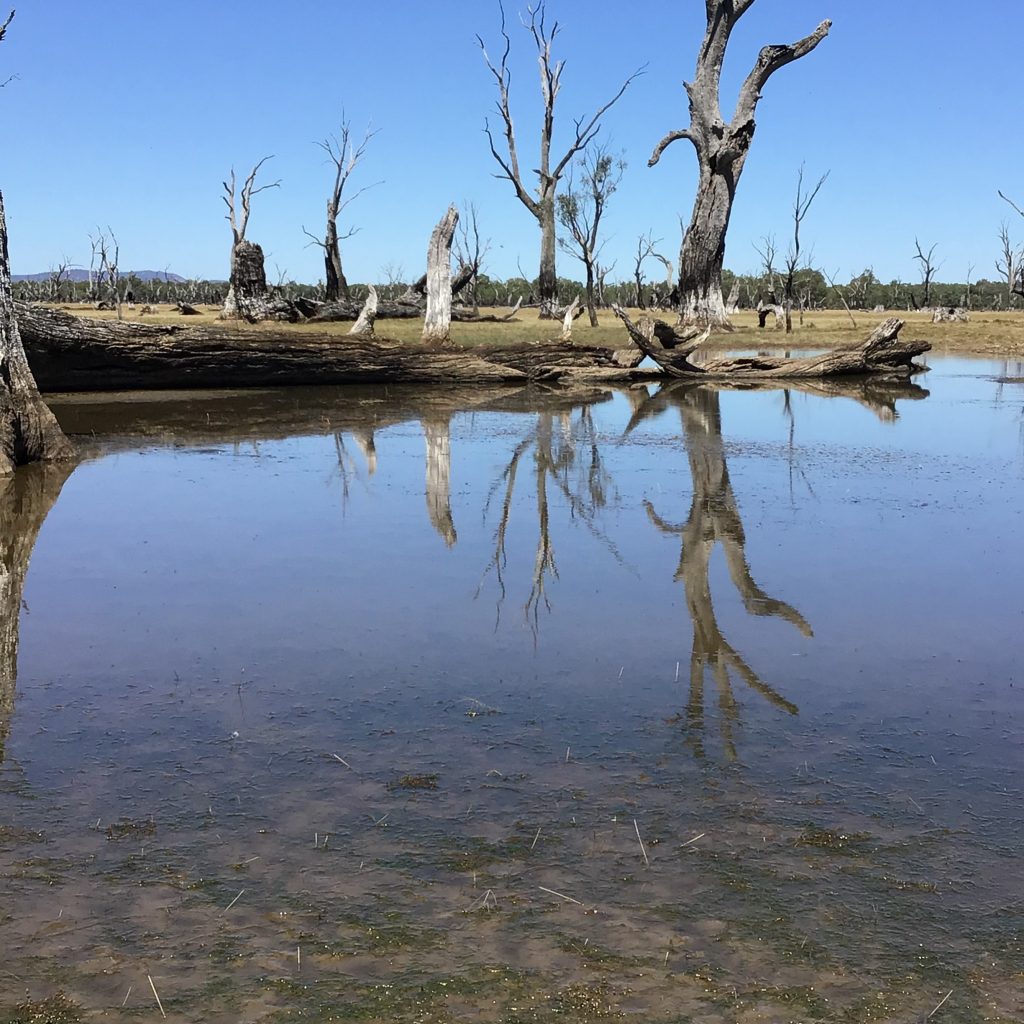
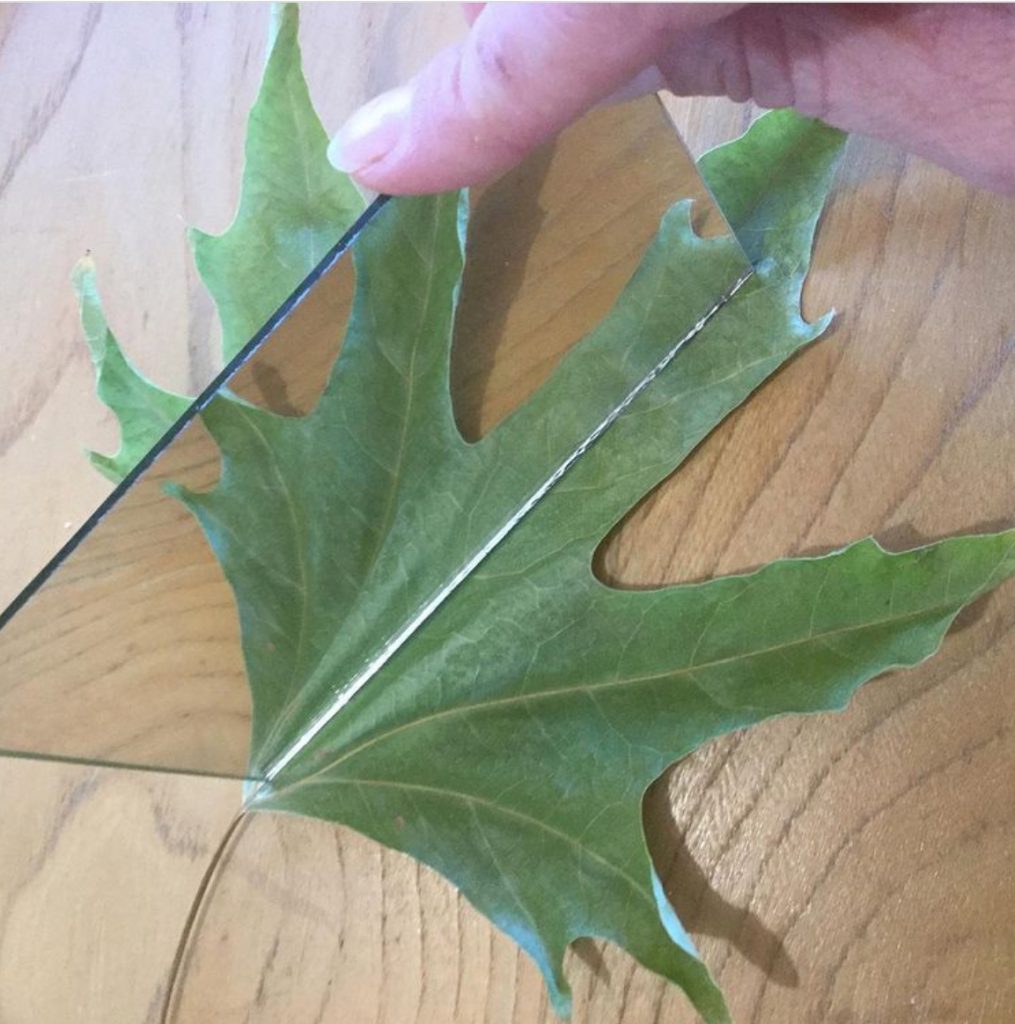
Leave a Reply